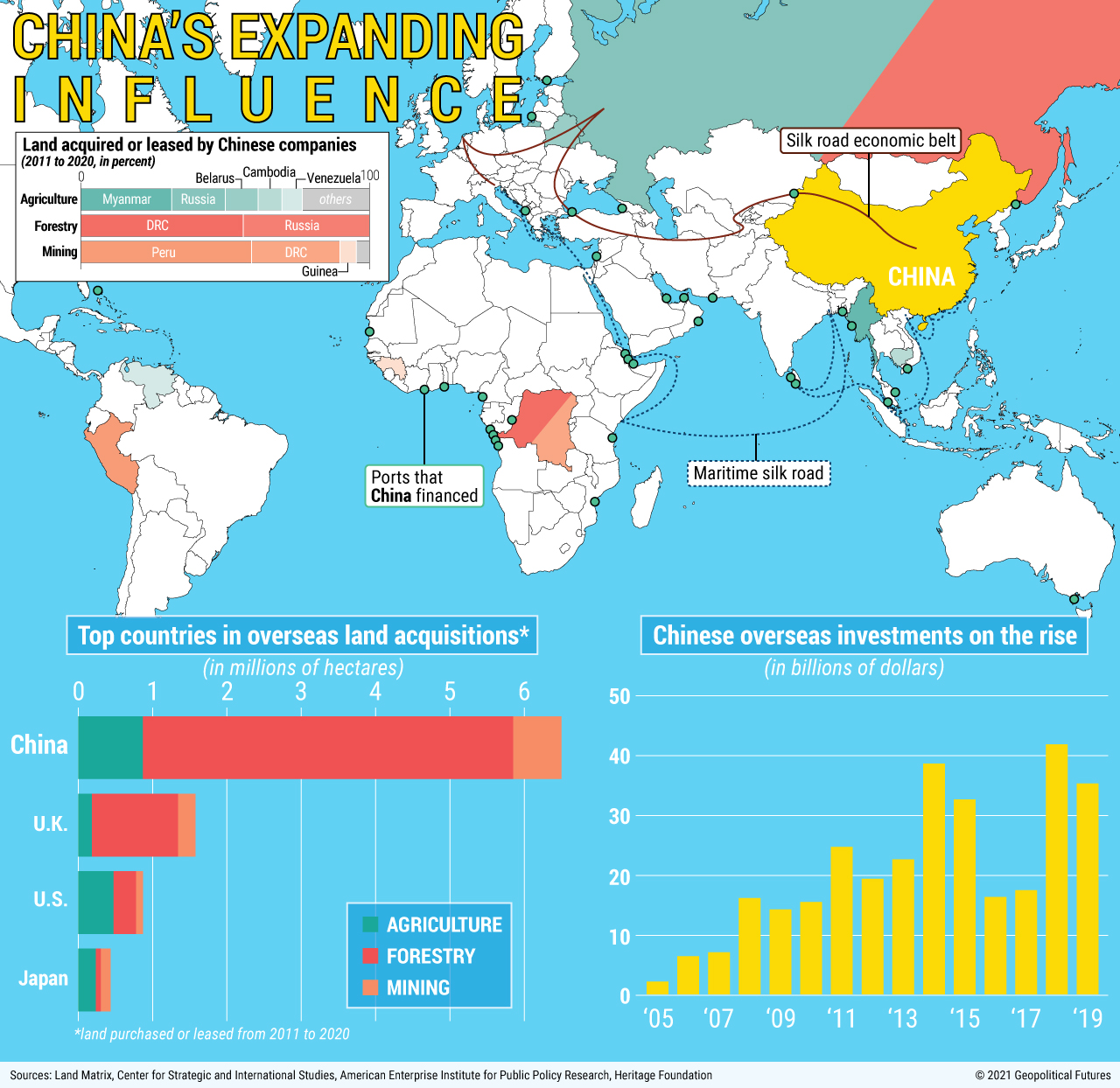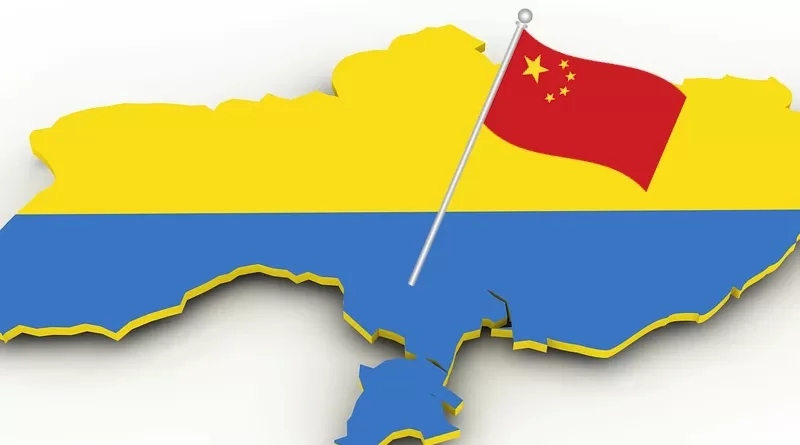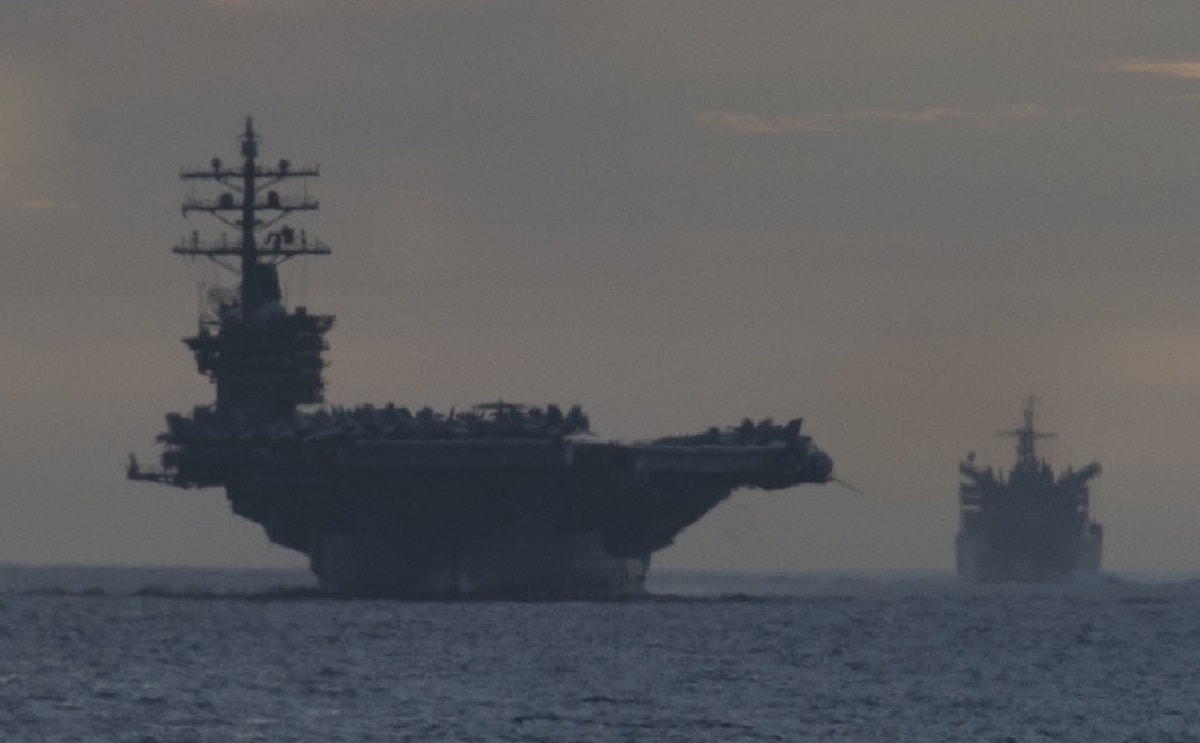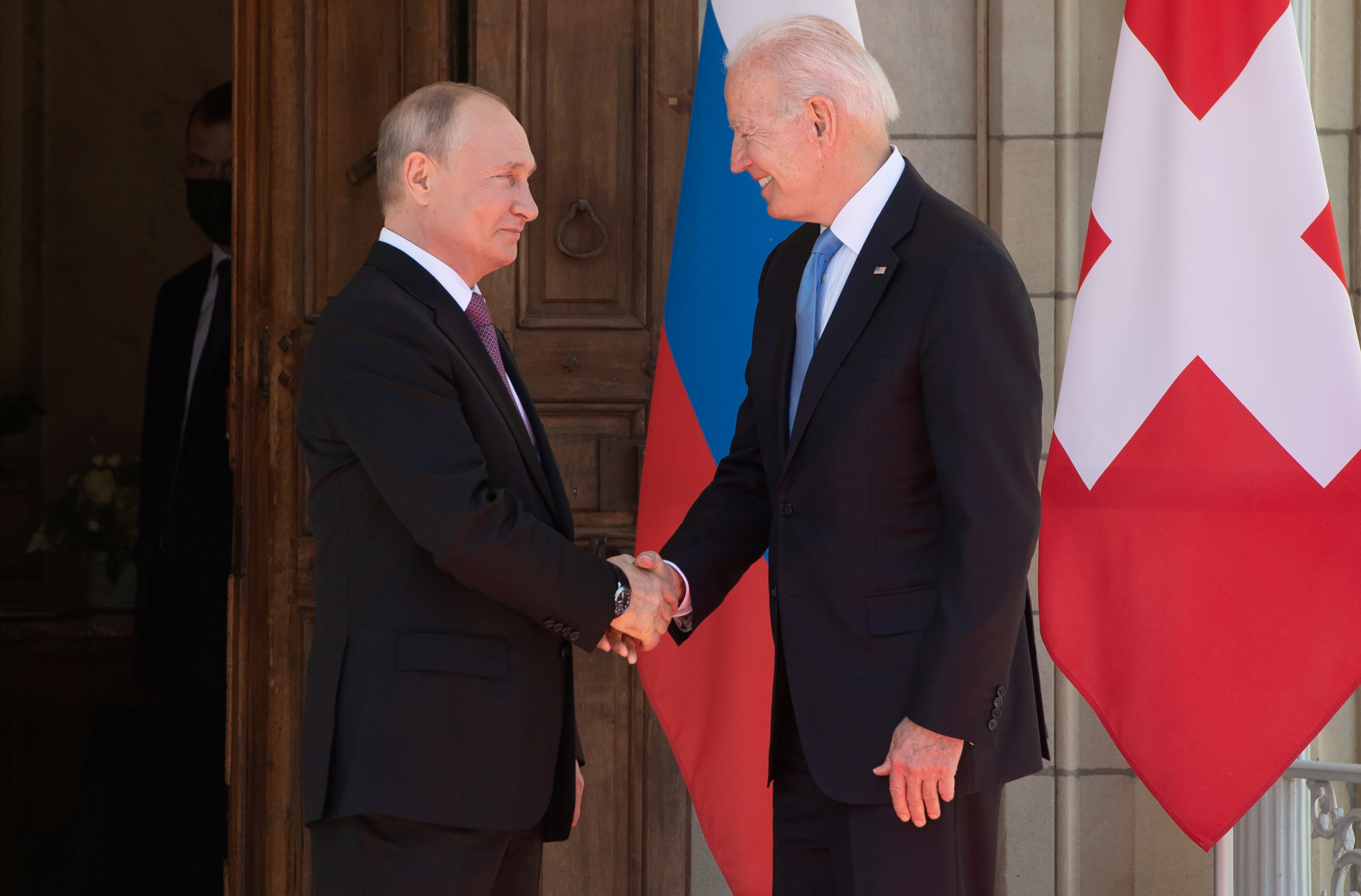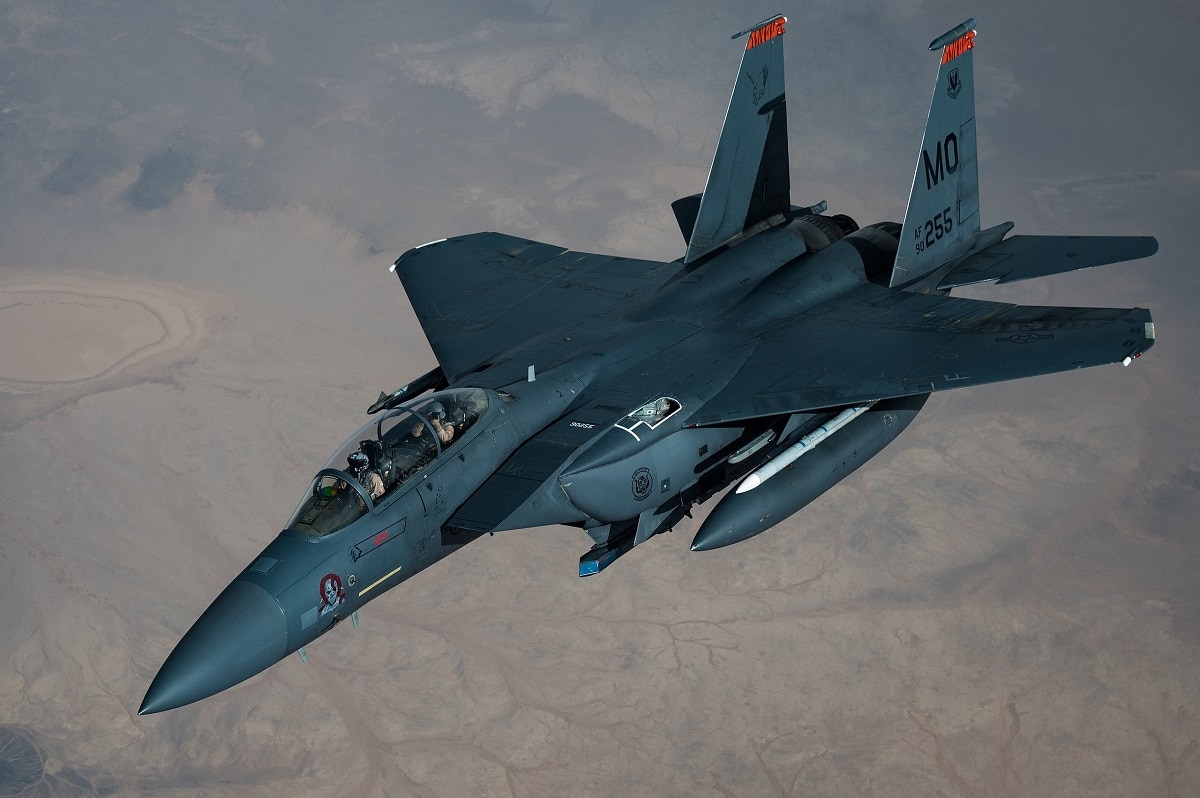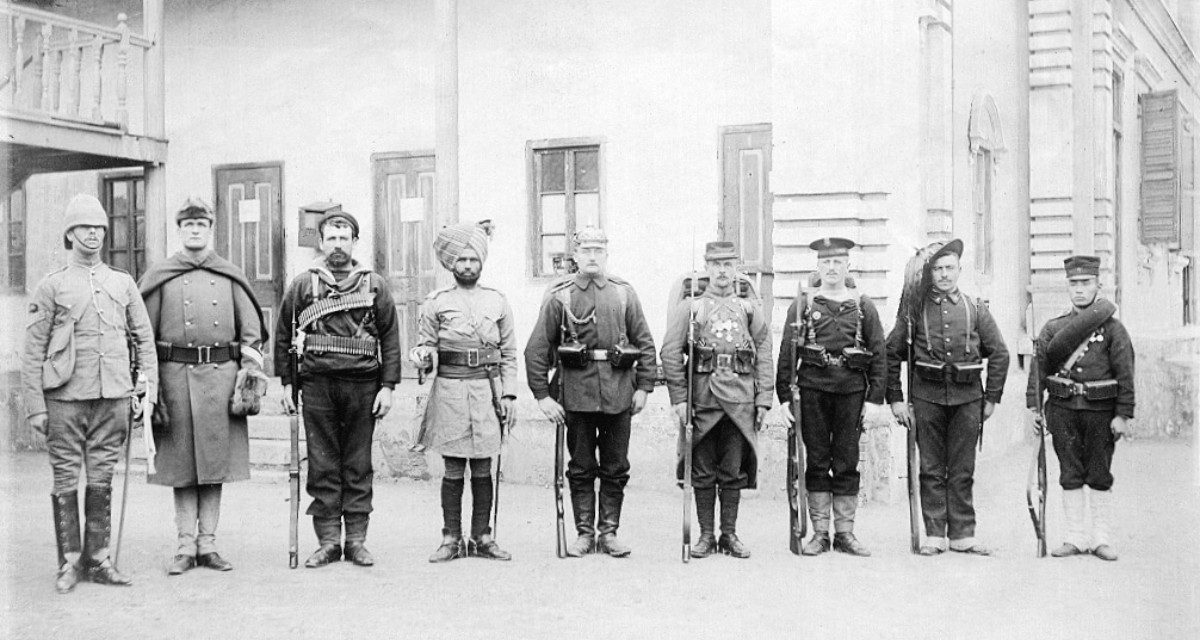Scott Swift
The deployment of the HMS Queen Elizabeth Carrier Strike Group is a compelling sight in the western Pacific. The multinational carrier strike group, made up of U.S. Navy, U.S. Marine Corps, Royal Netherlands Navy and Royal Navy units, sends a strong signal of commitment to the region and underscores the increasing concern of U.S. all.
That concern is being addressed through commitments alluded to by the U.S. Secretary of Defense, Lloyd Austin, in his comments at the recent INDOPACOM change of command. Speaking to an international audience, he called for “integrated deterrence.”
“Under this integrated deterrence,” he said, “the U.S. military isn’t meant to stand apart, but to buttress U.S. diplomacy and advance a foreign policy that employs all instruments of our national power.” While the deployment had been long in planning and was underway when he made those comments, they serve as a fitting reminder of what the HMS Queen Elizabeth Carrier Strike Group represents.





